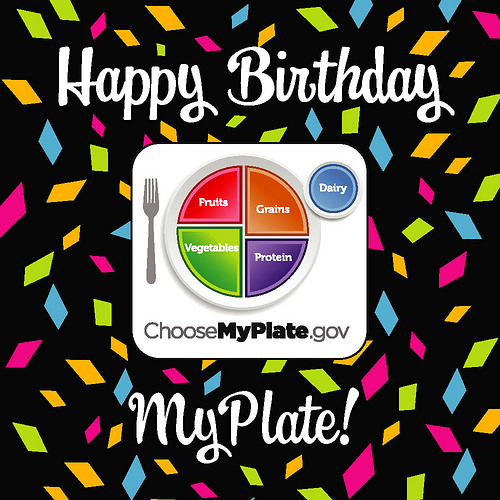Creative people are often resourceful and thoughtful. If a baby feels safe and trusts her/his caregiver and the surroundings, they are more eager to explore and find out more. Creativity is invaluable and should be encouraged in children. A secure relationship with caregivers can provide a strong foundation for creativity.
There are a variety of art experience you can provide for children. Babies have opportunities to use their senses to explore and create. The process of squishing finger paint in their hands, tearing paper or scribbling with crayons is satisfying for babies and toddlers. They are developing eye-hand coordination, and are making choices to change the way a drawing looks. You can provide crayons, chalk, play dough and other materials for creativity and pre-writing skills.
At this age, children’s creations do not usually represent real objects unless we, as adults, label them so. As they grow, children will attempt to create what they see in real life. For now, they are simply enjoying the pleasure of creating and exploring the materials.
Teachers should use descriptive language as we discuss a child’s creations (“This painting has circular stokes:, “This color is bright!”) By encouraging discussion about what has been made, we support children’s language development. We focus on specific aspects (“How did you make this line so squiggly?”) We strive to help them feel their work is respected and valued. We often post the children’s creations for everyone to enjoy.
Teachers often encourage children to explore different art media. We might hang some sticky paper on the wall and have children enjoy sticking items to it to make collages. W e might have children paint with their bare feet. These experiences let children explore real materials with their senses. This is how babies and toddlers learn best.




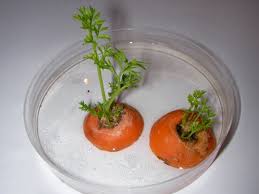
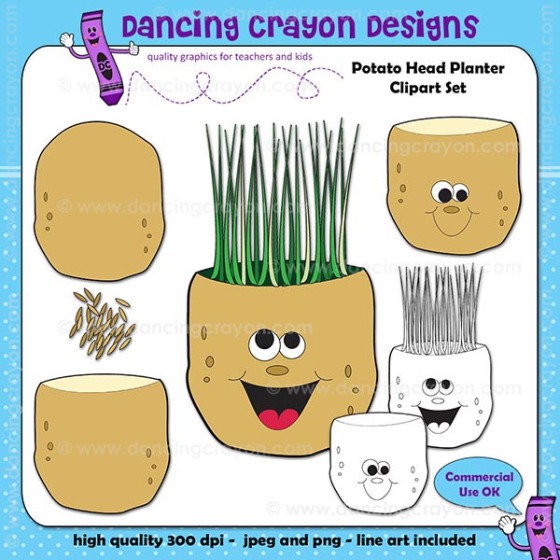
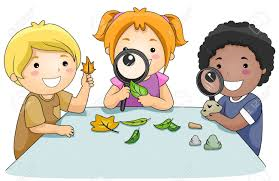
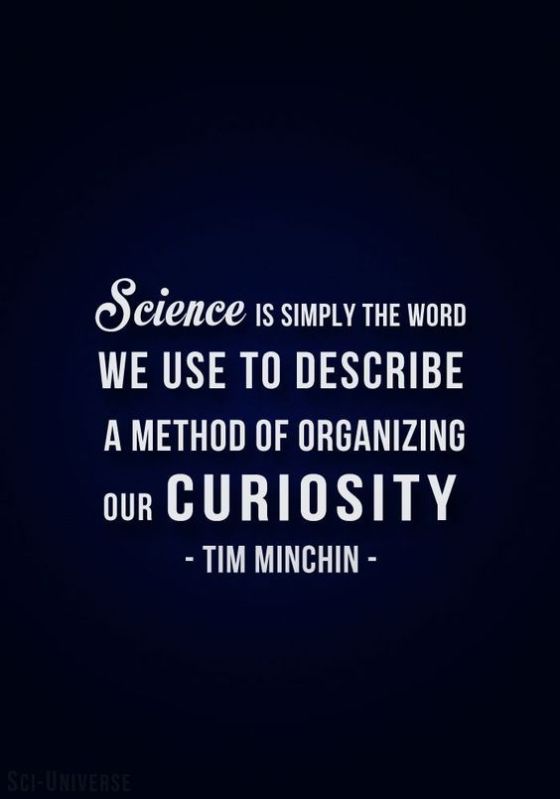

 bubble wand take one end of a pipe cleaner and bend it to form a circle approximately the size of a quarter or any size you desire. Twist it together tightly so it stays locked in place. This is a fun activity where you children can make their own wands. Let them be creative, check to ensure they are together tightly and let the fun begin!!
bubble wand take one end of a pipe cleaner and bend it to form a circle approximately the size of a quarter or any size you desire. Twist it together tightly so it stays locked in place. This is a fun activity where you children can make their own wands. Let them be creative, check to ensure they are together tightly and let the fun begin!!
